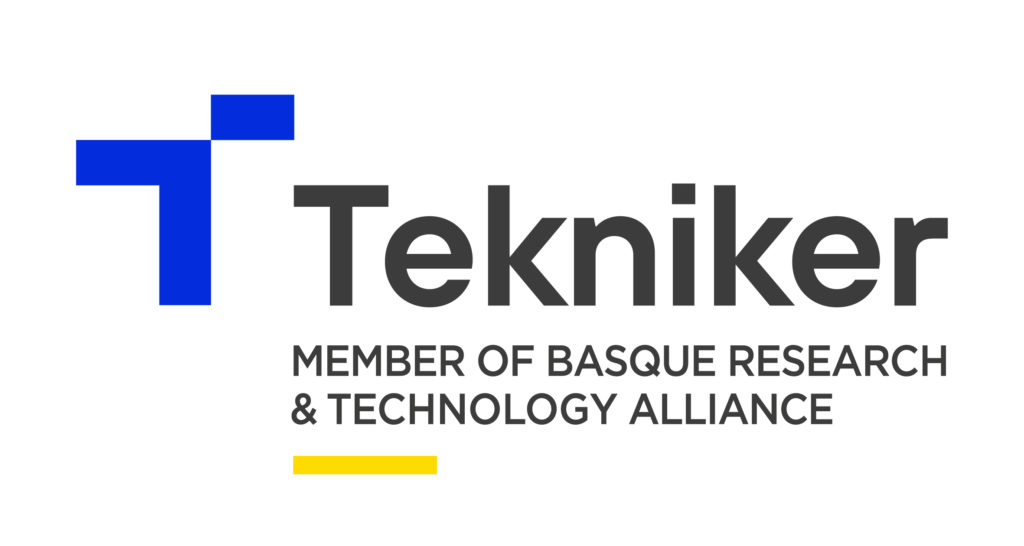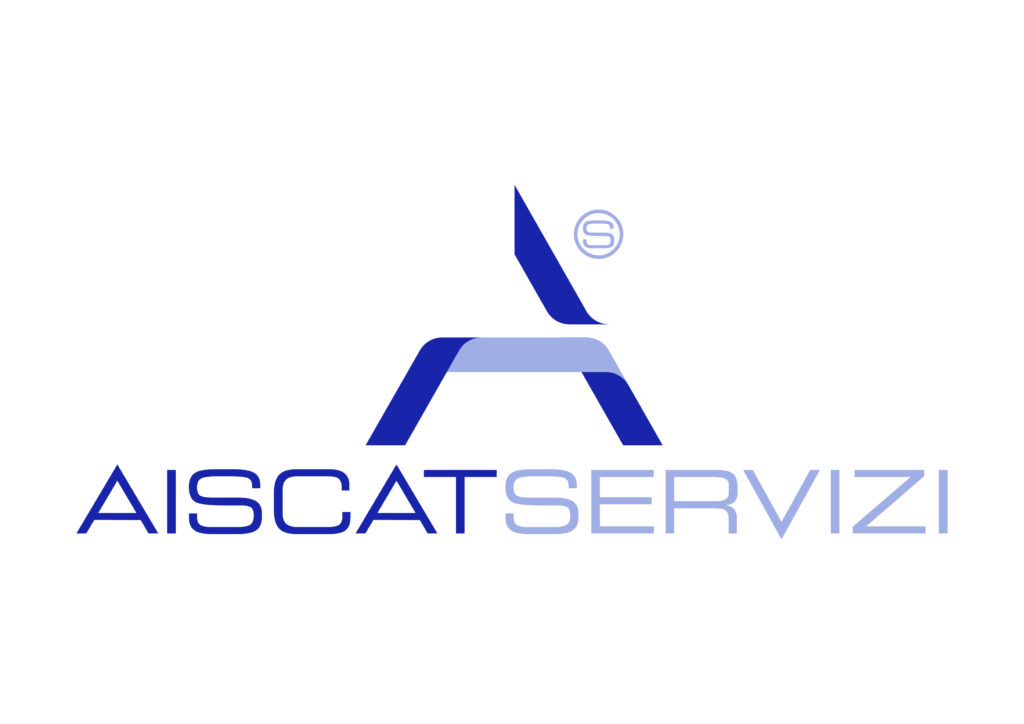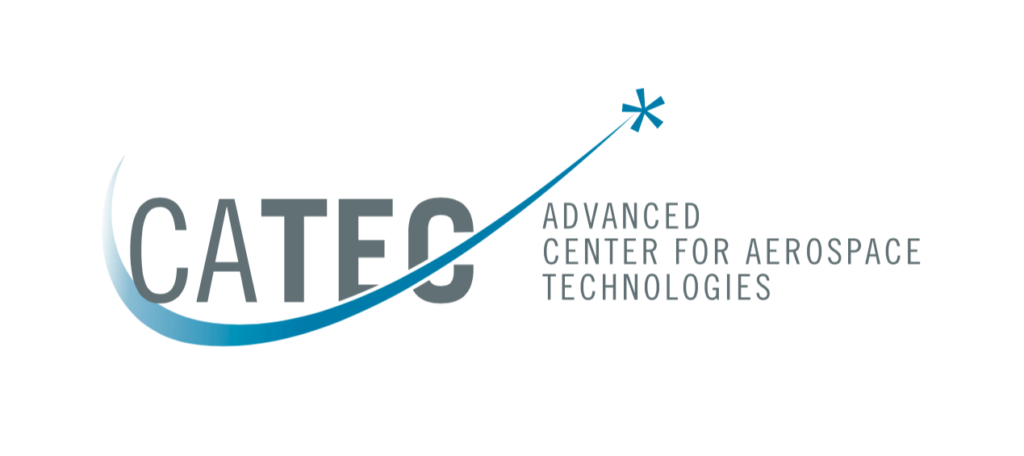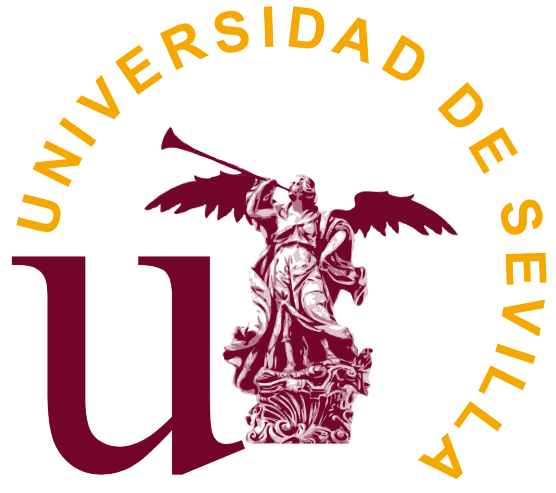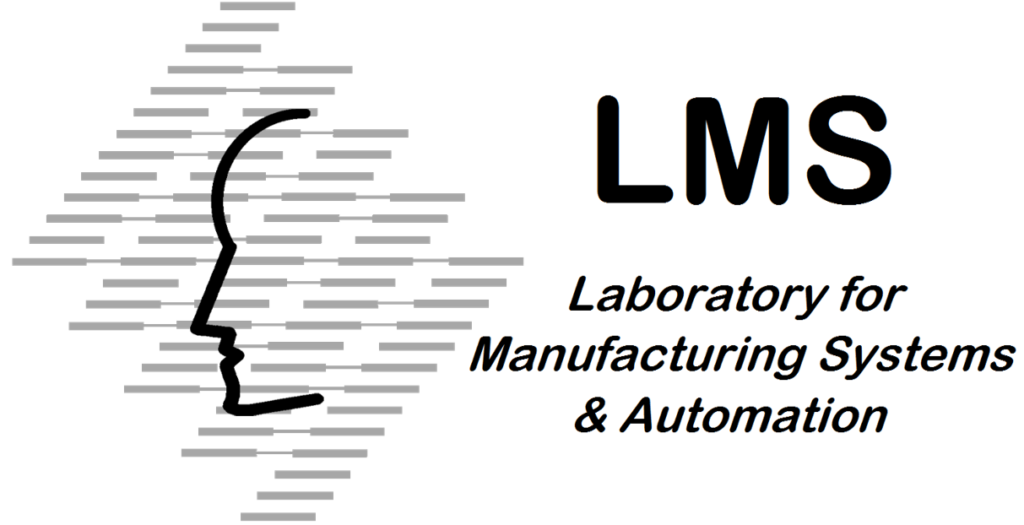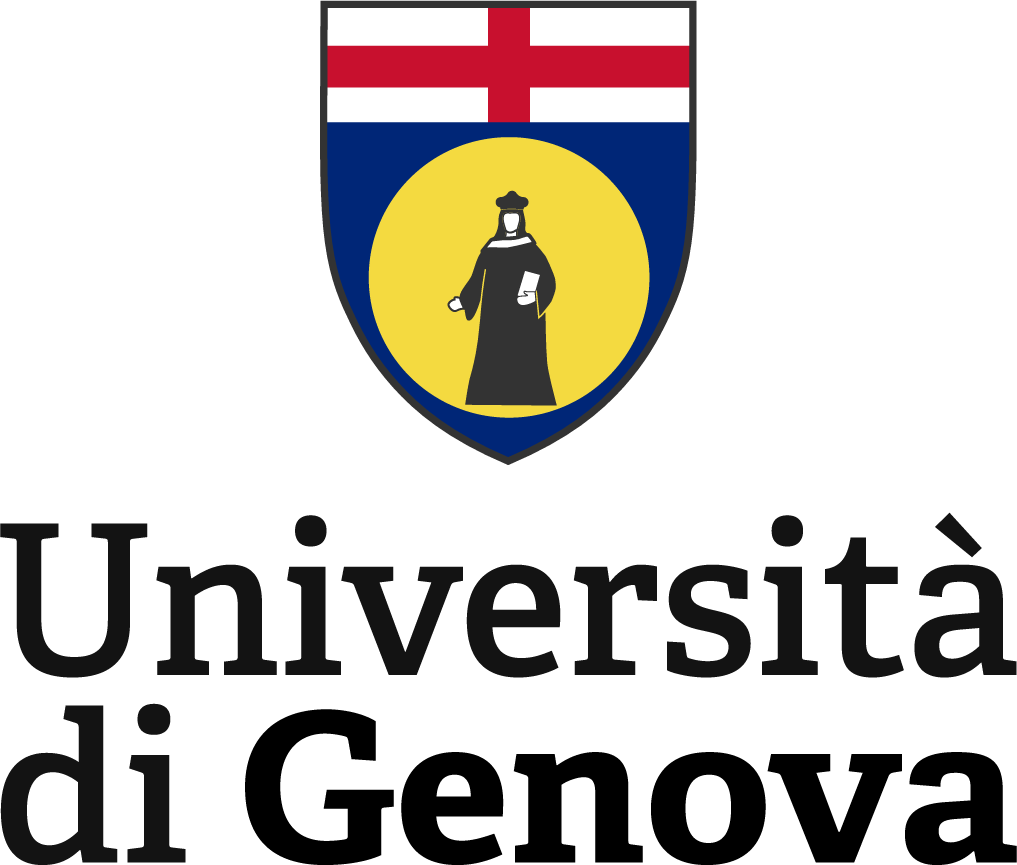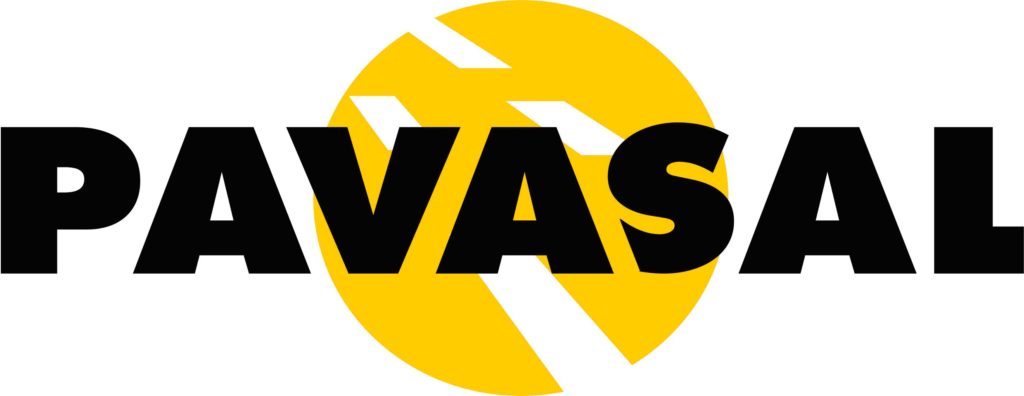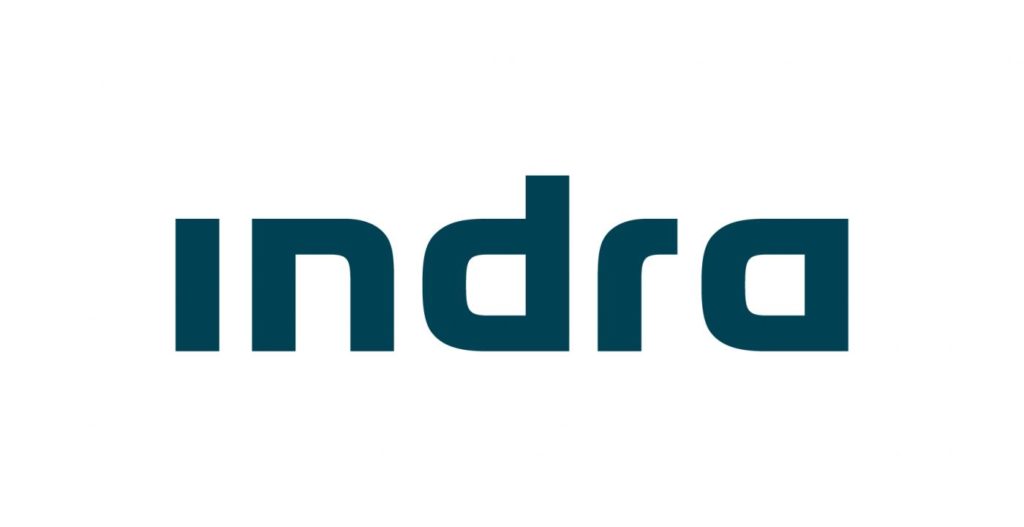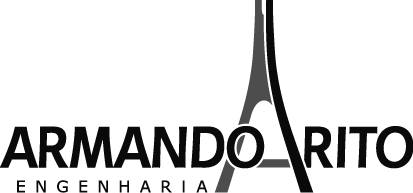Partners
CEMOSA provides Engineering and Quality Control Services in the field of Civil, Industrial and Aeronautical Engineering and Architecture.
Its activities are applied to the following sectors: transport infrastructures, building services, renewables power plants, environment and water, and industry. CEMOSA counts on innovation with a major focus on Research & Development policies for the development of new technical and productive skills.
CEMOSA is the Project Coordinator of OMICRON, responsible for the continuous follow-up of the project, including innovation management and interaction with stakeholders.
CEMOSA is the leading the monitoring, demonstration and evaluation of OMICRON’s Intelligent Platform. CEMOSA is also in charge of the following tasks:
- Market analysis for OMICRON’s developments.
- Definition of requirements and evaluation methodology.
- Development of the road Digital Twin.
- Development of the road Decision Support System.
- Demonstrator characterisation and evaluation methodology.
- Impact assessment and evaluation of results.
Tekniker is a research centre, legally constituted in 1981 as a private not-for-profit Foundation that aims at the development and transfer of technology to improve the competitiveness of industry.
Main research areas cover advanced manufacturing, product engineering, surface engineering and advanced information and communication technologies including intelligent systems, electronics and robotics.
Tekniker has brought together its capabilities and technologies to gear them towards the market and apply them in different crucial industrial sectors such as manufacturing, aeronautics & space, automotive, healthcare or agri-food.
Tekniker participates in the following activities in OMICRON:
- Leader of tasks related to providing smart robotic and automation technologies for road design, construction, and maintenance.
- Development of the robot assisted signalling, asset cleaning, crack sealing and paint removal applications.
- Development of the platform for data acquisition during maintenance operations.
- Definition of the modular robot system architecture.
- Data management strategy definition to integrate the digital twin.
Aiscat Servizi is an operational company controlled by AISCAT, the Italian association which has brought together and represented the motorway and tunnel concession companies since 1966. Established in 2005 to support the initiatives of the association and its associates, Aiscat Servizi has gained important know-how to provide consultancy in the transport engineering and economics sector, contribute to projects, and contribute to the rationalisation of motorway companies’ management systems.
Aiscat leads activities needed to understand technical and functional requirements: starting from best practices and current procedures, Aiscat facilitates a complete assessment regarding the overall technical and regulatory framework for inspection and maintenance activities in road infrastructure. Aiscat leads the definition of OMICRON’s demonstrators in Connecting Europe Facility (CEF) corridors and the various technologies to be deployed in each one of them. Aiscat also supports Autostrade per l’Italia in the final demonstrator of OMICRON.
Autostrade per l’Italia is one of Europe’s leading concessionaries for the construction and management of toll motorways, with around 3,000 km of network managed in Italy. The Autostrade per l’Italia group includes four other motorway concession companies and eight companies that provide ancillary services to the core motorway business and play a key role in implementing the company’s transformation plan.
Autostrade per l’Italia will host and coordinate the final OMICRON demonstration in Italy, where the Intelligent Asset Management Platform will be tested. Autostrade per l’Italia is also involved in defining requirements for case studies and the Road Digital Twin, and testing all the solutions developed by OMICRON. Experimentation on the A1 highway will allow OMICRON to validate the technologies, especially due to the particularly heavy traffic conditions that require a strong optimisation in time and intervention performance, ensuring very high safety standards.
The Advanced Center for Aerospace Technologies (CATEC) is currently the main research centre in Spain developing light Unmanned Aerial System and drone technologies for civil applications.
Avionics and Systems Division consists of more than 25 engineers and technicians developing new technologies related to drones and aerial robotics to be transferred to companies, participating in more than 50 successful R&D projects since 2008.
CATEC will be in charge of developing innovative UAV (drone) inspection technologies.
Specifically, CATEC will lead the development of Detect & Avoid technologies to facilitate the integration of UAVs into the airspace for long range inspections works.
CATEC will also support the integration of raw information acquisition from road inspection sensors into OMICRON’s Digital Twin, and will provide the ATLAS Flight Test Center as scenario for the road inspection technology pre-demonstrators.
The Universidad de Sevilla, created in the early 16th century, is one of the most important higher education institutions in Spain, with more than 70 000 students, 4 400 professors, and 2 400 administrative and service staff.
The Robotics, Vision and Control (GRVC) laboratory has more than 75 researchers and engineers with strong expertise in robotics and particularly in aerial robotics.
The Robotics, Vision and Control (GRVC) laboratory of the University of Seville is responsible for the development and testing of the multiple drone system in OMICRON.
This multi-drons system cooperates to perform the road and corridor inspection.
They will address the interoperability among different systems, including multiple variety of platforms, control systems and ground-based equipment.
The University of Cambridge (est. 1209) is a public research university with 7,913 academic staff, and 23,247 students.
The university has also been a hub for the development of a high-tech business cluster in its campus.
The Construction Information Technology (CIT) group at Cambridge led by Dr Brilakis is a research group oriented on advanced applications of computer vision and pattern recognition on infrastructure data collection, information retrieval and knowledge generation. At its core, the group is active in automated digitisation of existing built environment assets, such as roads, buildings, bridges, and industrial facilities.
The laboratory will leverage its expertise in automating the generation of Digital Twins of existing assets into a Digital Twin backbone platform for OMICRON. This includes:
- assisting the extraction of user, data, and system requirements
- developing from the PointPix inspection camera system (LIDAR, RGB and near-infrared) to collect data from the infrastructure and integrate it in the digital twin. Focus will be given in ensuring adequate data resolution as well as the vehicle on board real-time processing needed to extract low-level road information
- design the data structure and cloud architecture of the road Digital Twin, leverage the help of other partners to achieve effective human data interaction through flexible dashboards aimed at key stakeholders (drivers, maintainers, etc.) and implement an exemplar case study to be used in the final demonstration.
Laboratory for Manufacturing Systems & Automation (LMS) is oriented on research and development in cutting edge scientific and technological fields.
LMS has been involved in a number of research projects funded by the European Comission and European industrial partners. Particular emphasis is given to the co-operation with the European industry as well as with a number of hi-tech firms. It currently employs approximately 70 researchers organized in four different groups:
- Manufacturing Processes Modelling and Energy Efficiency
- Robots, Automation and Virtual Reality in Manufacturing
- Manufacturing Systems
- Software development for manufacturing.
The main role of LMS in OMICRON is to lead the developments related to Virtual Reality based teleoperation of robots as well as Augmented Reality based in-site operator support in road maintenance. LMS is the leader of tasks focusing on these developments.
Aside from that, LMS will contribute to demonstration and evaluation activities, to the definition of requirements and exploitation and dissemination activities.
Universita degli Studi di Genova, founded in 1481 in Genoa (Italy), is one of the most ancient universities in Europe.
UNIGE has a strong participation in the most important EU and international research and cooperation programmes such as S2R, H2020, FP7, FESR-Interreg, LIFE and other international funding instruments.
The Department of Mechanical, Energy, Management and Transportation Engineering (DIME), involved in OMICRON, includes a research group in Transport and Logistics Engineering, whose main research areas are, among others, transportation systems analysis and modelling, infrastructures functional design, optimization and decision support of maintenance process, traffic simulation, reliability assessment and performance analysis of transport network.
Our group applies decision process modelling techniques to map the existing inspection and maintenance processes of road operators and the available data from legacy systems.
Within the development of the Decision Support Tool, the University of Genova develops methodologies and models to build a Decision Support Tool for the optimal planning of road maintenance interventions and resources, moving towards advanced maintenance strategies.
EIFFAGE INFRAESTRUCTURAS operates in the sector of public and private works, manufacture of aggregates, concrete, mortars and prefabricated materials, in addition to producing asphalt mixes and road pavements (sector in which it is the Spanish national leader with an annual production of more than 2 million tons).
Regarding R&D activities, EIFFAGE INFRAESTRUCTURAS believes that the future lies in the development of new techniques and products that respond to the needs perceived in the market and from society.
In OMICRON, Eiffage’s role is to contribute to the development of technologies and tools that help automate road maintenance interventions. More specifically, the replacement of surface layers of the pavement, in order to reduce overall intervention time and costs and improve the life of the pavement. The demonstration of extraordinary intervention actions led by Eiffage will take place in the CEF corridor at the A-92 highway in Spain.
Pavasal is a family-run business dedicated to the construction and preservation of civil and industrial projects. Pavasal was founded in the Autonomous Region of Valencia, and with more than 70 years’ experience in the sector engages in road paving and asphalting, a speciality in which it is currently a benchmark in Spain. Subsequently, Pavasal broadened its field of activity to include the construction of all types of civil and industrial infrastructure such as residential estates, industrial plants, hydraulic works, ports, railways and bridges, in addition to roads and motorways.
Pavasal participates in the following activities in OMICRON:
- Developing a laser system to remove the paint used in horizontal road marking.
- Implementing a robotic platform for road crack sealing operations.
- Lead the execution of the demonstrator that will take place in a part of the Mediterranean corridor of the A-7 motorway near Valencia.
Indra is a Spanish global technology and consulting company, leader in specific segments of transport and defense, where it has a multitude of proprietary products with a high value and innovative component.
The company has a unique experience in the area of transportation, having carried out over 2.500 projects in more than 50 countries.
Indra is supported by its multinational engineering subsidiary Prointec, that provides services in the field of engineering, architecture and consultancy on infrastructure and the environment, with more than 50 years of experience.
Indra is the leader of tasks related to the advanced technologies for road inspection, where is in charge of the deployment of V2X communications, and the on-board technology for digital inspection of pavement paremeters such as deflexion, friction and IRI.
The company is also coordinator of the Technical Demonstrator located on A-2, Guadalajara (Spain), which seeks to evolve road inspection systems, including VR/AR tools for user support on field.
Prointec, for its part, is responsible of the Digital Twin integration, providing a customised version of a graph-database-centric platform.
RÉGENS is a software developer company, focusing on clients’ technology strategy aiming to accelerate their digital transformation.
RÉGENS offers a comprehensive portfolio of cutting edge solutions, from complex business applications through AI solutions to integration services.
In the OMICRON project RÉGENS will be in charge of the data management developments and the front and back-end development of the tools and apps dedicated to the infrastructure manager.
RÉGENS’s main activities are made up of the development and the implementation of the standardised Application Programming Interfaces for the digital twin and decision support system and the delivery of an instruction guide that will be used in the final demonstration.
ESCI is a not-for-profit organisation that empowers scientists and engineers, helping them to communicate with a non-expert audience to bridge the gap between science, technology and society.
ESCI supports national and international research and innovation initiatives in communicating effectively and leveraging their dissemination potential.
In addition to providing up-to-date media training, ESCI has put together a compelling set of dissemination tools specifically with different stakeholders and target audiences in mind.
ESCI leads the communication and dissemination as well as the exploitation activities of the project.
During the course of the project, ESCI will identify the communication needs for specific audiences, find and use the channels of communication needed to reach them.
Armando Rito Engenharia is an engineering company established in 1982, focused in bridge and special structures design, having delivered over 500 projects all over the world.
Our history is entangled with the life of our founder. Armando Rito has over 50 years’ experience in bridge design and has made exceptional contributions to the development of both structural concrete and the field of bridge design and Portuguese civil engineering, having received several national and international awards.
The company will develop a modular solution for hybrid bridges (where steel beams are combined with the use of precast beams) and in particular design an adequate steel connection piece between the precast beam and the stell beam.
This modular solution will allow the industrialization of the deck construction using robotised equipment, optimising materials consumption and allowing a faster construction with less manpower on site.
Teixeira Duarte is one of the largest Portuguese Economic Groups, with more than 12,000 employees operating in 14 countries on 4 continents and doing business in seven different sectors such as Construction, Concessions and Services, Real Estate, Hotel Services, Distribution, Energy, Automobile.
The areas of the company related to this proposal are Construction and Geotechnics and Rehabilitation.
- Support on the definition of requirements and demonstrators.
- Construction of prototypes for the modular methodology for bridges.
- Coordination and support activities related to the in-situ tests.
- Coordination of the in-lab tests, working on the improved design of connections and study the appropriate tools to optimise the intervention performance.
- Methodology for modular bridge solutions, working on the cost-dependent decisions throughout the design process, where construction technology plays an important role in a cost effective solution.

